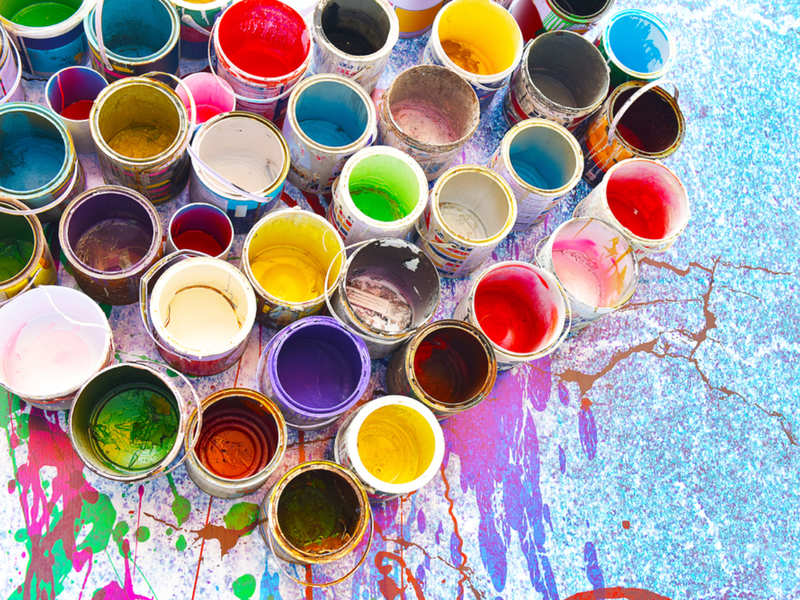The process of art therapy includes using paints, marker or chalk to draw and paint their emotions. This includes creating stress painting, designing a postcard that you will never send, creating an emotional wheel and the list goes on. Art therapy is a great rescue for people who find it very difficult to express their feeling verbally.
What are the benefits of art therapy?
Due to its versatility, art therapy is perfect for people of all ages. Art therapy is best for you when you have already tried verbal therapy and it did not work for you. Art therapy can help open up emotions you have been pushing back. The therapy forces you to notice them and work on them.
Art therapy can benefit people with following problems:
– People with mental health problems: Certain studies and institutes recommend art therapy for people suffering from schizophrenia and other related conditions.
– People who have difficulty in learning: People who find hard to be vocal about their feelings or have learning difficulties, art therapy is great for them.
– People with dementia: You use creative parts of your brain, which helps you to manage stress levels and restores a sense of personal identity.
– Those on the autistic spectrum: Creative art can help distract and calm people as well as improve their communication skills.
– Prisoners: Prisoners are often recommended to use art therapy to help their feelings in a healthy way.
– People with chronic/terminal illness: As art therapy helps in expressing feelings, it can also help patients to regain their sense of freedom and control.
– People who cannot express their feelings: People who cannot express their feelings can use art therapy to show their emotions without any verbal communication.
There are 5 types of art therapy
– Painting
– Collaging
– Photography
– Digital art
– Textiles

